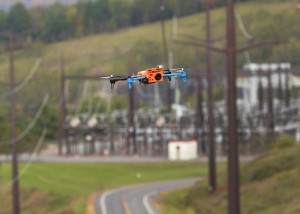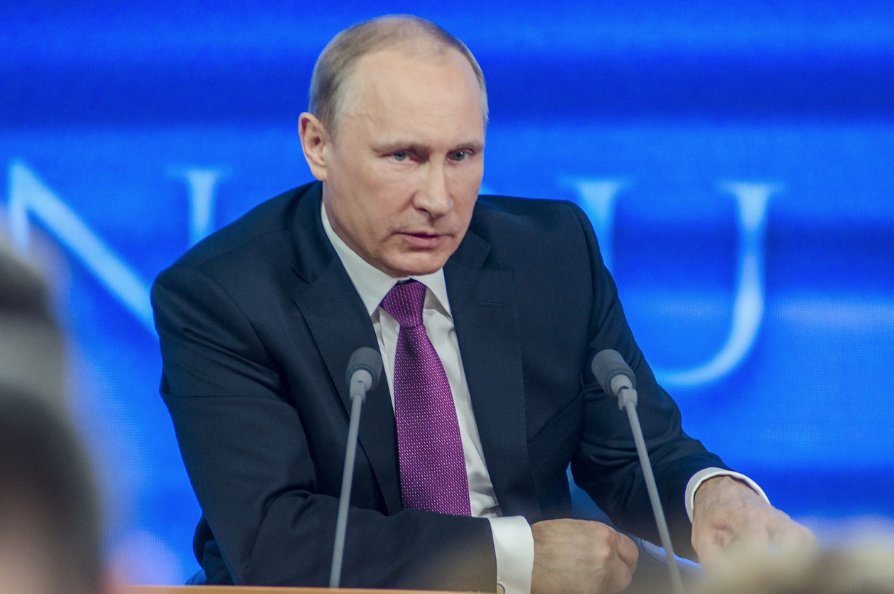In late October, the New York Power Authority hosted a three-day demonstration in the Catskill region in which drones were tested to determine the feasibility of using the devices to inspect electrical transmission towers.
The drones on display hovered and zoomed in on cotter pins and insulators while beaming high-definition pictures and video as well as infrared and electrical discharge-sensing images, called corona, down to a person on the ground holding a video screen.
The demonstration was a controlled test created by the Electric Power Research Institute and 12 of its utility company members, including the White Plains-based power authority, to compare drone vendors and determine the kind of routine tower inspection tasks the drones are capable of completing.

- Drones were flown during a power line inspection demonstration hosted by the New York Power Authority on Oct. 20 in the Catskills. Six drone vendors were chosen to participate in the demonstration.
Six Federal Aviation Administration-approved vendors from Texas, Oregon, Colorado, Virginia and Connecticut participated in the demonstration, which displayed a spectrum of drones varying in size, weight and the number of propellers.
Alan Ettlinger, the director of the power authority”™s Division of Research, Technology, Development and Innovation, said his team has been working on the drone project for the last year.
“The main reasons for drones is not even economic, it”™s safety,” Ettlinger said.
There are accidents and fatalities that can happen in the industry, he said, and using a drone would eliminate those risks.
Although not the primary one, according to Ettlinger, cost savings is another driver for exploring the use of drones. Using them would decrease the necessity for expensive helicopters ”” the usual means of getting close enough to inspect transmission towers ”” and increase the efficiency of inspections and on-site tasks as the drones will detect and assess problems faster.
In addition to inspecting the utility”™s 1,400 miles of electrical transmission lines, which require regular tests every two and five years, Ettlinger said the New York Power Authority has another use in mind for drones, dropping the safety line over a tower when a person is required to climb it to complete work. Ettlinger said, typically, a person has to first climb the tower, which can be as tall as 200 feet, to throw over the safety line and then attach him or herself to it.
The drone tower inspection method will require three workers: a pilot to fly the drone and navigate the mechanics of its attached camera; a spotter to provide an extra set of eyes to look for potential hazards; and a lineman, who watches a screen streaming video taken from the drone.
The drones the power authority is considering will cost around $10,000 each, Ettlinger estimated, before the cost of cameras.
“We haven”™t done a cost analysis, but everything tells us that it will be much cheaper,” Ettlinger said, adding he does not anticipate jobs will be eliminated if drones are added to the authority’s workforce.
The New York Power Authority hopes to join the small club of FAA-approved utility companies to begin using drones for routine tasks like tower inspections as early as next year.
San Diego, Atlanta and Chicago are among the few cities whose utility companies have received FAA approval in the last year or so to use drones for inspections of electrical and gas lines.
The next step for the power authority is to file an application with the FAA ”” which it plans to do in the coming weeks ”” that, if approved, will grant a certificate of authorization outlining the conditions and limitations for the approved operating company.
The transmission team will take over the project once Ettlinger and his team wrap up the research and development of the program and the power authority”™s application is approved by the FAA.
Then, Ettlinger said, it’ll be time to “call in the drones.”



















